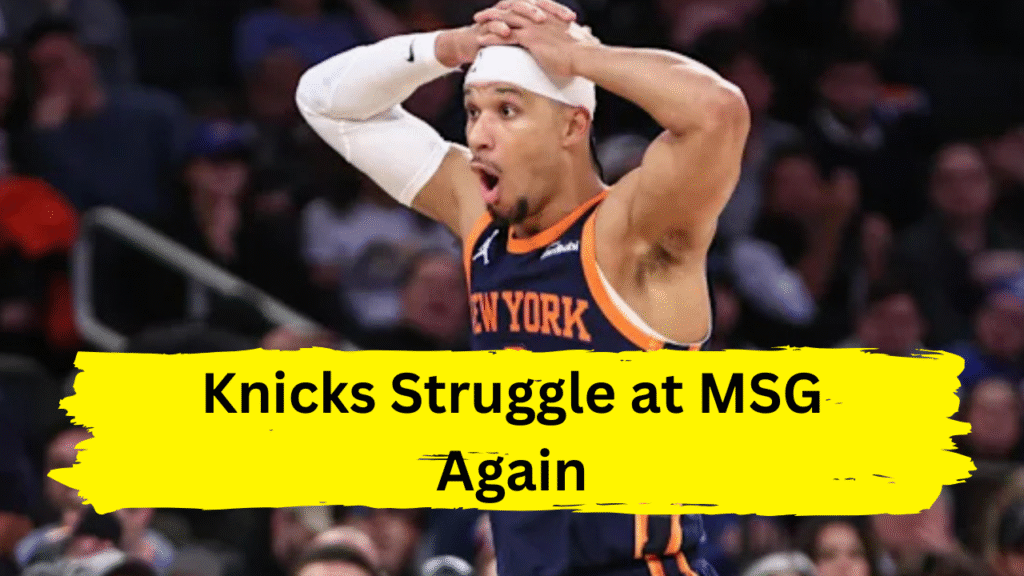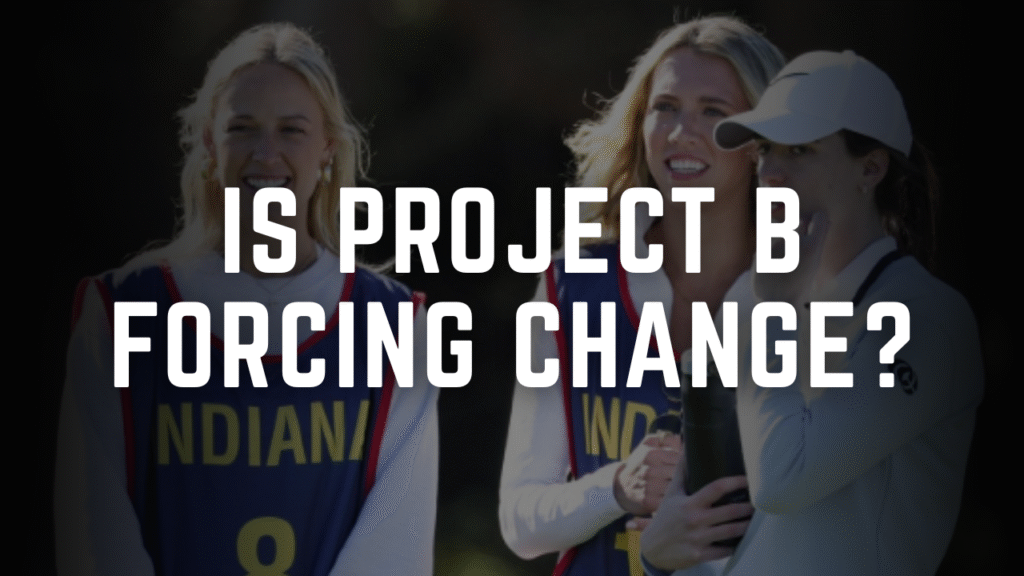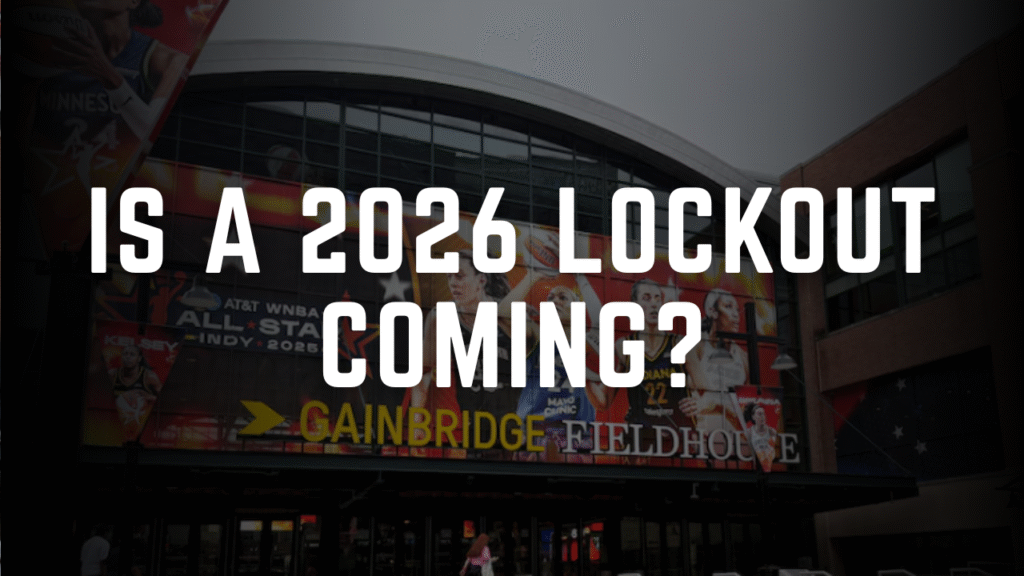Madison Square Garden, the self-proclaimed “Mecca of Basketball,” has long been synonymous with playoff magic. From Willis Reed’s legendary limp to Reggie Miller’s choke sign, the arena’s history is etched with moments that define NBA lore. But this postseason, the Garden has felt more like a house of horrors for the New York Knicks, who stumbled to a shocking 3-5 home record through the Eastern Conference Finals—a collapse that has left fans and analysts alike searching for answers .
The Curse of the Garden
For decades, MSG’s roaring crowds and hostile energy have intimidated opponents. This year, however, the Knicks’ aura of invincibility crumbled. After a dominant 119-81 Game 6 win over Boston in the semifinals—their first comfortable playoff victory—New York returned home expecting to ride that momentum. Instead, they suffered back-to-back losses to Indiana in Games 1 and 2 of the conference finals, squandering a 17-point fourth-quarter lead in the opener and falling 114-109 in Game 2 despite Jalen Brunson’s 36-point effort .
The numbers are jarring: the Knicks’ defense allowed 126.6 points per 100 possessions at home during the conference finals, a rate that would rank among the worst in playoff history . Even more damning? Indiana’s transition game torched New York, outscoring them 51-26 in fast-break points over two games—a glaring weakness for a team built on grit and half-court execution .
Defensive Breakdowns and the Ghosts of Game 1
The Knicks’ defensive identity, which propelled them past Boston, unraveled at home. In Game 1, Karl-Anthony Towns’ -20 plus/minus epitomized the team’s rotational failures. His inability to contain Pascal Siakam (39 points in Game 2) or close out on shooters like Aaron Nesmith (30 points in Game 1) left gaping holes in the defense . Meanwhile, the starting lineup of Brunson, Towns, Mikal Bridges, OG Anunoby, and Josh Hart was outscored by 29 points in 43 minutes—a staggering collapse for a group that logged the most minutes together in the regular season .
The Pacers exploited these lapses ruthlessly. Tyrese Haliburton and T.J. McConnell targeted Brunson in pick-and-rolls, forcing mismatches that led to open threes and backdoor cuts. When Mitchell Robinson—a defensive anchor off the bench—was on the floor, the Knicks thrived (+20 in Game 6 vs. Boston). But Tom Thibodeau’s reluctance to adjust rotations, coupled with Towns’ defensive liabilities, left New York vulnerable .
The Transition Trap
Indiana’s relentless pace exposed a fatal flaw in the Knicks’ game plan. The Pacers scored 1.55 points per transition possession in the conference finals, capitalizing on New York’s sluggish defensive recoveries. Even after made baskets, Indiana pushed the tempo, with Obi Toppin and McConnell converting layups before the Knicks could set their defense . This “run-and-gun” strategy neutralized New York’s physical half-court style, turning MSG’s hallowed floor into a track meet.
Brunson acknowledged the issue: “The rotations weren’t there. We need to help each other more” . Yet adjustments were scarce. The Knicks ranked 27th in transition defense during the playoffs, a stark contrast to their regular-season resilience .
Offensive Overreliance and the Brunson Burden
While Brunson’s heroics (43 points in Game 1, 36 in Game 2) kept the Knicks afloat, the lack of secondary scoring became a recurring theme. Towns, despite averaging 30.3 points against Indiana in the regular season, shot a dismal 16% from three in the conference semifinals and struggled to adapt to playoff physicality . Bridges and Anunoby, tasked with spacing the floor, combined for inconsistent performances, leaving Brunson to shoulder an unsustainable load.
The Pacers’ game plan was clear: let Brunson cook, but shut down everyone else. In Game 2, New York’s role players shot just 6-of-21 from beyond the arc, while Indiana’s balanced attack saw six players score in double figures .
The Weight of History and a Fanbase’s Anguish
The emotional toll of these losses reverberated beyond the court. After Game 1’s collapse, MSG fell into a “stunned silence,” with fans described as “nearly catatonic” . The defeat was likened to a “soul-snatching” moment, evoking decades of playoff heartbreak—from Patrick Ewing’s missed finger rolls to Carmelo Anthony’s unfulfilled promises .
Even the players felt the gravity. “Losing to the Pacers feels like death,” Jaylen Brown said after Boston’s elimination, a sentiment echoing through New York’s locker room .
Thibodeau’s Tightrope: Adjust or Collapse
Coach Tom Thibodeau, known for his rigid rotations, faces mounting criticism. His insistence on sticking with underperforming starters—despite Robinson’s impactful bench contributions—has drawn scrutiny. The twin-towers experiment with Towns and Robinson showed promise (+16 in limited minutes) but was underutilized . Meanwhile, Indiana’s Rick Carlisle masterfully adjusted, benching struggling reserves like Bennedict Mathurin and tightening rotations to exploit New York’s fatigue .
With the series shifting to Indianapolis, the Knicks must solve their defensive communication issues, diversify their offense, and reclaim the physicality that once defined MSG. History looms large: teams trailing 0-2 in the conference finals advance just 7.3% of the time .
The Road Ahead: Rebuilding the Mecca’s Mystique
For the Knicks, the path to redemption is steep but not impossible. Mitchell Robinson’s rim protection, Hart’s relentless hustle, and Brunson’s clutch gene offer glimmers of hope. Yet the team’s identity—once rooted in defense and resilience—needs urgent recalibration.
As Thibodeau noted, “Our team commitment in defensive transition… has to improve” . Whether through lineup changes, strategic tweaks, or sheer willpower, New York must rediscover what made MSG a fortress. The Mecca’s legacy depends on it.
Game 3 of the Eastern Conference Finals tips off Sunday, May 25, at 8:00 PM ET in Indianapolis. For more on the Knicks’ playoff journey or historical NBA comebacks, explore the sources linked above.


